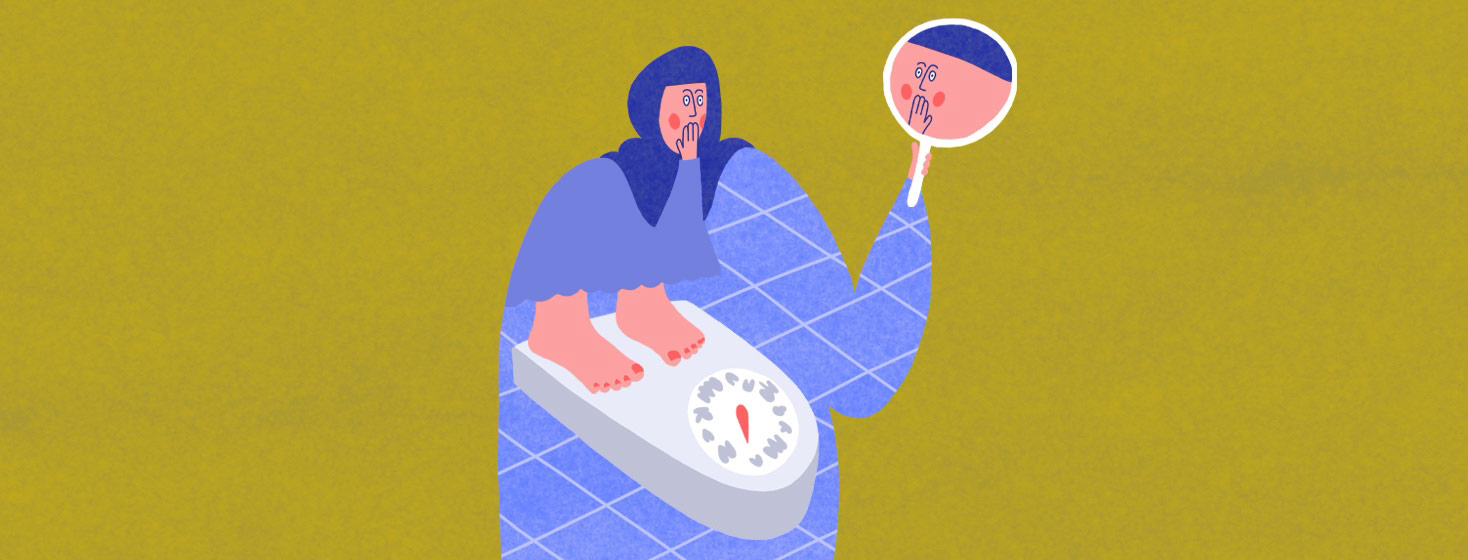Hali's Journey with NMOSD Part 4: A Proper Diagnosis
Editor's note: This article is part of a multi-part series. To read part one, click here, to read part two, click here, and to read part three, click here.
I was so glad to be home. I missed being around my family so much, but it didn’t feel normal. I still couldn’t do things on my own. Walking up the stairs was hard and basic things like showering and putting my clothes on became such a difficult chore that they would drain all my energy. I still didn’t have my balance; I fell over multiple times. But I had still come a long way from how I was before. I wasn't getting those attacks anymore.
My first visit with the neurologist who diagnosed me
In the first week of October, my father and I went to visit the neurologist that had contacted me about my diagnosis. She did the basic check-ups then proceeded to talk about my MRI scans in detail. She explained that I had a high signal lesion in the right medulla of my brain and multiple lesions in my cervical and thoracic spine. She also explained that as I was AQP4 positive, my case was most likely to be life-long, and a five-day course of methylprednisolone was not enough. I needed further oral steroids, called prednisolone, and after that, a preventative treatment for life.
I thought my life was ruined
After thinking I would never have to feel the pain I had endured again, I felt like my whole life was ruined. I was stuck with this disease that no one knew about, which was also so rare. The hospital did not have an NMOSD team and I was referred to the MS specialists. I felt like I was never going to get back on track with college, my social life, and my physical health. My life was still going downhill instead of getting better.
Steroids, steroids, steroids...
I was prescribed 60mg of steroids for a month, which was then to taper off by 10 mg every week. I began to gain weight so quickly due to the steroids. I was so proud of my appearance previously, and suddenly I couldn’t even bring myself to look in the mirror. It also didn’t help that people kept pointing out my weight gain. I looked and felt like a totally different person. This disease had changed me, both physically and mentally.
I was referred to an MS specialist
I had a physiotherapist visit me every week, assigning me exercises to gain strength again. After two months, I had an appointment with an MS specialist. I was unsure of how the appointment would go, as he was an MS specialist. What if he knew nothing about NMOSD and dismissed my symptoms? He decided to keep me on steroids for longer, and he also decided that my preventative treatment would be Rituximab. This treatment is one of the strongest out there. It is an infusion given every six months. I was glad the neurologist I was referred to took my symptoms seriously.
This would never go away
He went over my MRI scans again and listened to both my father and me about how we felt about my diagnosis. He also took a list of my symptoms during my attack and the symptoms I still had now. He informed us that the symptoms I had now would never go away. I was disappointed as I thought the whole point of being on oral steroids was to get rid of my symptoms, but it was to reduce the inflammation in my body and contain the disease.
Get me off of these things
I wanted to get off steroids as soon as possible, so I was upset I had to stay on them for longer. Due to steroids suppressing my immune system and not to mention what they did to my appearance, I did not go out. I didn’t want to catch COVID-19 and I didn’t want anyone to see what I looked like. I wanted to go back to "normal," even though I knew my life would never be the same again. I just had to wait for my infusion so I could think about finally getting off steroids.
Have you had a similar experience with steroids? Share with us in the comments

Join the conversation